Colombia coffee (Colombia) world boutique profile Colombia coffee origin variety characteristics
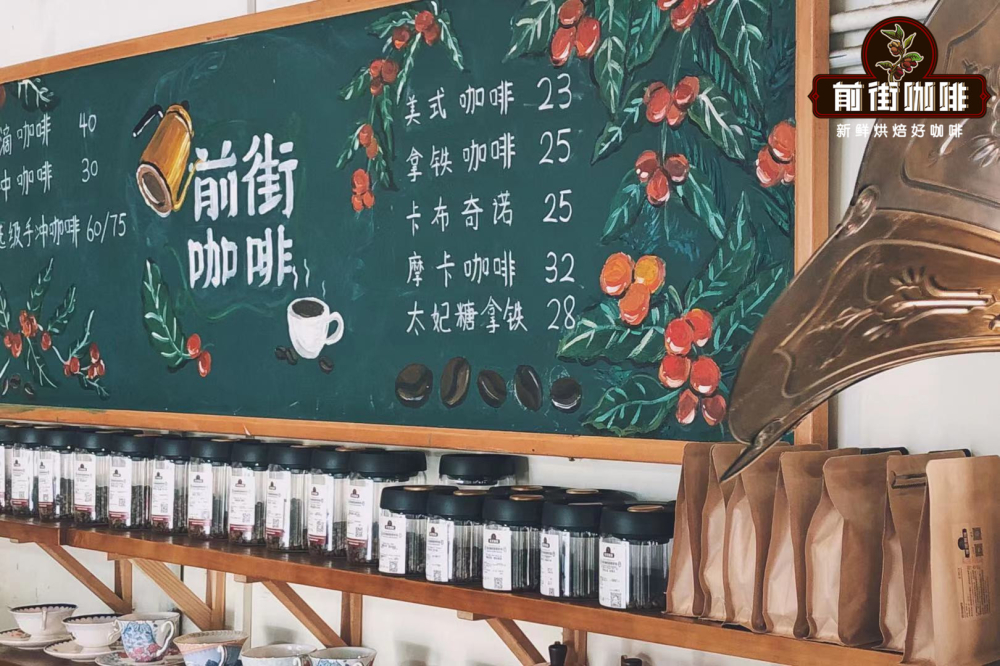
Colombian coffee, which has a soft and smooth taste and excellent balance, has won numerous praises. As one of the few single-producing areas in the world with a national name, Colombian coffee is also known as the entry brick for boutique coffee lovers. Many people equate "Colombian coffee" with "high quality" and "good taste".
So, what's so good about Colombian coffee?
Like many crops, the quality of coffee beans is affected by varieties, climatic conditions, altitude, managed harvesting, post-treatment and other factors. Coffee is a tropical cash crop and is suitable for growing at high altitudes and without frost. For every 100m increase in altitude, the temperature drops by 0.6 ℃. Lower temperatures and oxygen content can cause coffee beans to ripen more slowly. In this state, most of the nutrients of the coffee tree provide the fruit, the beans are denser and harder, and there is more time to absorb and store nutrients in the form of sugar. The Andes in Colombia meet such "harsh" conditions.
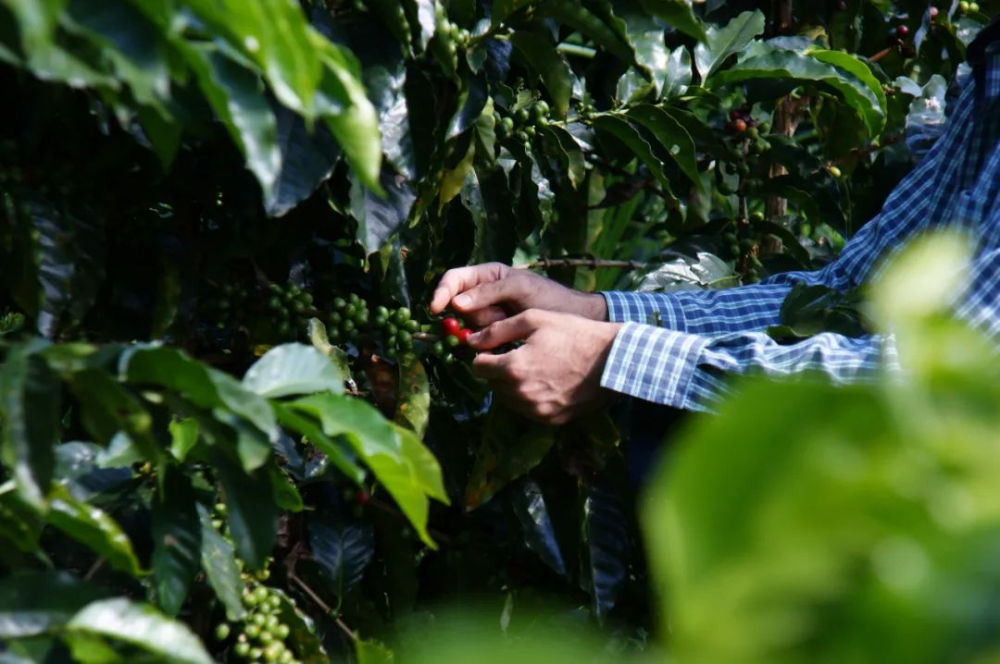
The Andes are located in the western part of Colombia and are divided into three stretching mountains. Each mountain is rich in fertile soil with organic matter, and coffee trees are planted on land 800m to 2300 meters below, enjoying the sun and proper shade from the clouds. The diverse climate in the mountains makes it a harvest season all year round, and different kinds of coffee will mature at different times, so we can see busy picking in the forest in every season. Local growers usually plant coffee trees under shade trees, mostly tall trees or banana trees. Build an Arbor for coffee trees at the seedling stage to ensure the cool and humid environment needed for coffee growth. Due to the high humidity, small temperature difference and slow ripening of coffee beans in the coffee forest, it is conducive to the accumulation of caffeine and aromatic substances, so the quality of coffee is the best.
Of course, the secret of the success of Colombian coffee is more than its unique geographical environment. As a local national drink, coffee farmers' love, research and dedication to coffee are unmatched by other coffee producing areas. In recent years, with the development of the industry, Colombian coffee has shown excellent rich taste with the addition of manual fruit selection, fine fermentation and professional cup testing knowledge, which has naturally become the first choice for coffee friends.

The planting Model of Fine Coffee in Colombia
The early Colombian coffee was exported after being named after the local producing area. at that time, even beans with boutique coffee grade appeared in local micro-batches. Small farmers in Colombia do not grow on a large scale, and there are very few small farmers with their own processing equipment. Since the beginning of the twentieth century, the local coffee industry has flourished, thanks to the establishment of Federaci ó n Nacional de Colombia (FNC, Colombian National Coffee Federation).

FNC is the only official coffee professional association in Colombia, representing more than 560000 families of coffee farmers and has become one of the largest agricultural NGOs in the world. FNC promotes the brand image of Colombian coffee around the world (coffee farmer Uncle Juan, and his loyal mule) and oversees the quality of every coffee exported from Colombia. Not only in the international market promotion, but also in Colombia also invested a lot of manpower and material resources to farmers planting production, management and sustainable operation.
Thanks to the management and security of FNC, about 875000 hectares of coffee have been grown in 590 cities and 14 coffee-growing areas in Colombia, mostly from small coffee farms. The planting area of small farmers in Colombia is basically about 2-3 mu. Small farmers send coffee to the coffee processing station in the community for washing, or set up equipment for raw bean treatment at home, and finally send it to the test grade.
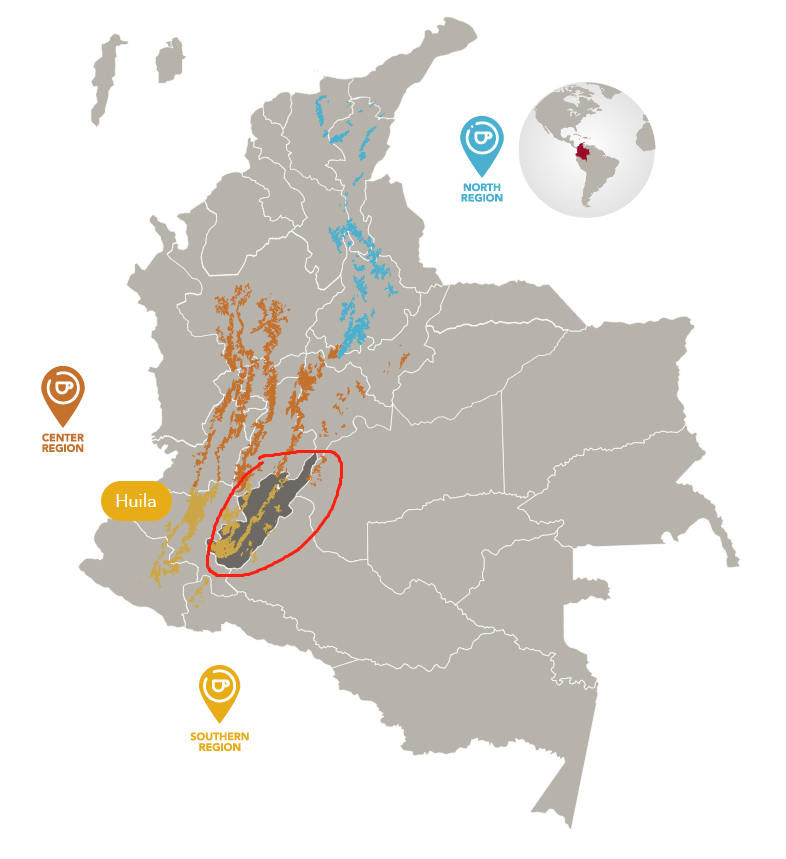
It can be seen from the map that the producing areas of Colombian coffee are quite distinct, divided into three regions from south to north, northern, central and southern. Colombia's boutique bean producing areas are mainly in the south, more than 1500 meters above sea level, including San Augustin (Huila) in Huilan province, Popayan (Cauca) in Cauca province, Nari ñ o province, and Tolima province, where products have delicate sour and berry aromas, as well as caramel aromas.
Colombia grows a wide variety of coffee, most of which are traditional Arabica species, such as Kaddura Caturra, Bourbon Bourbon, Ironpickup Typica, Pacamara Pacamara and so on. Of course, there are also some popular rare varieties, such as Rosa Gesha, which have appeared on the market in small quantities in recent years. The Colombian rations beans selected from Qianjie are from Huilan, and the coffee varieties are widely grown in Kaddura, which is naturally washed and roasted with a balanced taste of sweet and sour.
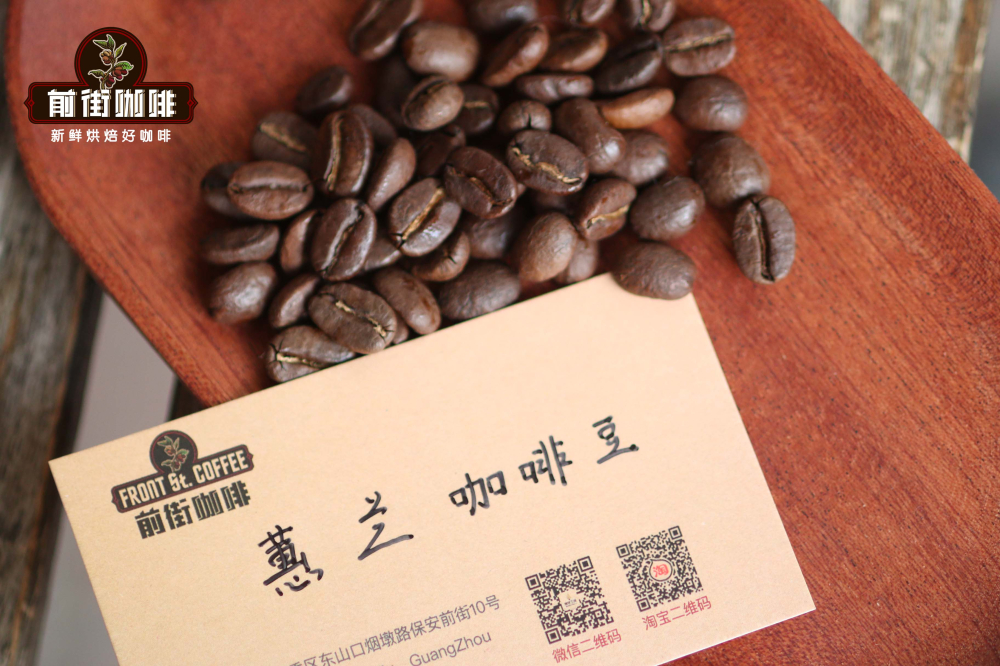
How do you treat Colombian coffee?
Traditionally, most Colombian coffee is washed and processed. With the development of boutique coffee, many farms will introduce small batches of refined tanning and honey treatment, as well as the use of special treatment. For example, Rose Valley Coffee and Flower and Moon Night Coffee, which are very popular in Qianjie, have a rich aroma of flowers and fruits, which is acceptable to many friends even if they drink coffee for the first time. But Qianjie believes that if you want to taste the aroma of Colombian coffee itself, it is best to choose the natural way of washing to highlight the clean taste of high-altitude coffee.
Colombia is rich in water resources and is very suitable for washing treatment, and farms based on households are equipped with special raw bean processors (Ecomill or Eco-Pulper). Farmers pour the harvested coffee fruit into it, not only to remove the peel and pulp, but also to remove most of the pectin with only a very small amount of water, and the shell beans with a small amount of pectin go into a small pool or container. it may be a tile pool that ferments overnight, loosens the residual pectin, rinses it with clean water the next day, and finally spreads it out in the sun to dry to the target moisture content.
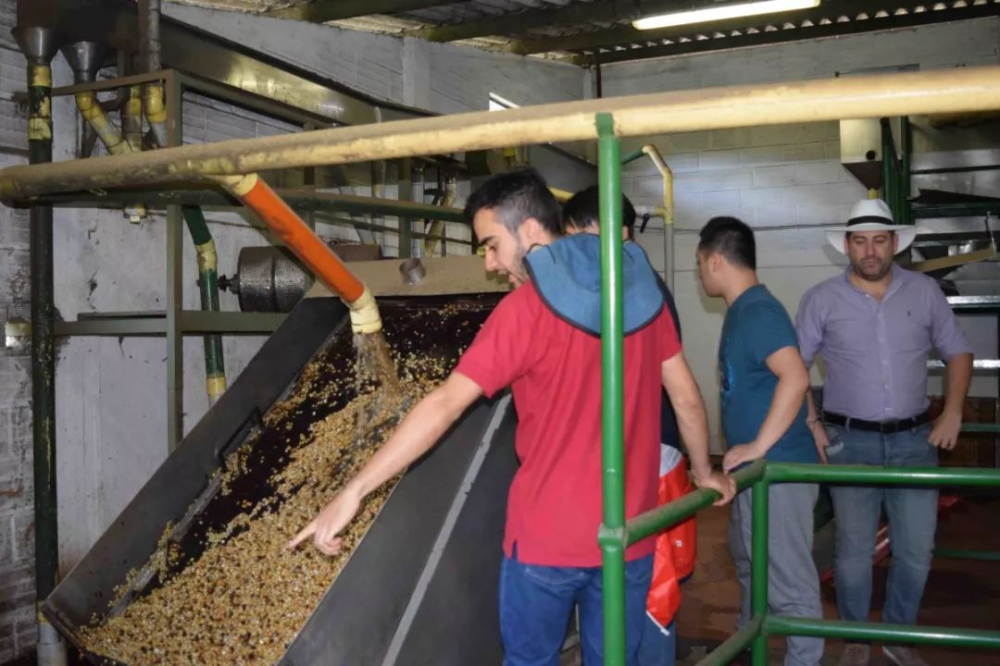
How do you grade Colombian coffee?
Colombian coffee beans before export are graded according to the number of eyes, usually with a fixed size sieve, and different specifications correspond to different hole sizes. For example, the size of the mesh is 17 mesh, and beans larger than this size cannot pass through the screen, so the larger the number of the screen, the larger the beans left on the screen. The most common export grades are UGQ, EP and Supremo.
Regardless of the size of raw beans, as long as raw beans are exported to Excelso, in other words, most Colombian coffee sacks of raw beans exported to all parts of the world must be marked with Excelso. Excelso export grade is the most widely used export standard grade of FNC and the best export grade of Colombian raw beans. Excelso grade coffee needs to meet: 500g raw beans, the size should be more than 14 mesh, and no more than 5% of raw beans are allowed to be between 12 mesh and 14 mesh, in general, 50% of raw coffee beans must be larger than 15 mesh. No pest, uniform color, no peculiar smell, clean flavor. The moisture content shall not exceed 12.5%, and the cumulative defect shall not exceed the limit of 24 points.
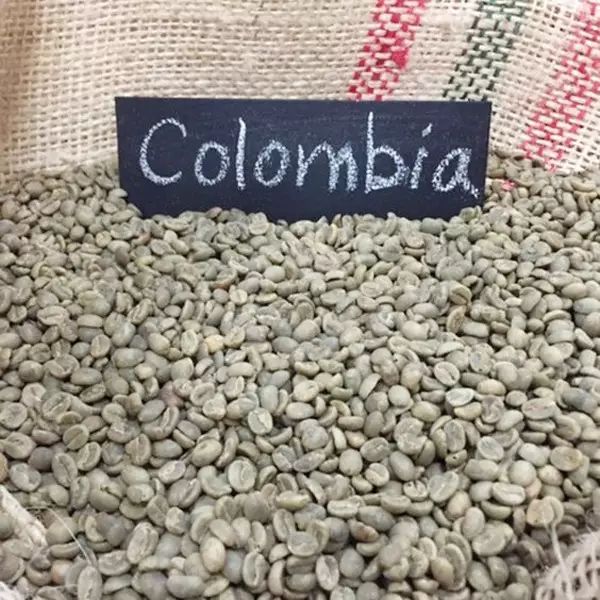
Each farmer will report the number and enter the raw bean information, so as to facilitate the traceability of the raw bean in the future. The raw coffee beans exported from Colombia are usually named as country + producing area + grading + other. For example, the raw bean of Qianjie Huilan grain bean is Colombia Huila Supremo SC17/18 FNC.
How does Colombian coffee taste good?
The flavor description of each coffee on the front street is based on freshly roasted beans. If the beans have been stored for more than a month, the aroma is likely to have been lost and it is difficult to restore when brewed. Qianjie is also well aware of the importance of freshness, so it will ensure that only coffee beans freshly roasted within 5 days are shipped, so that everyone can enjoy the most complete taste period when they receive it.
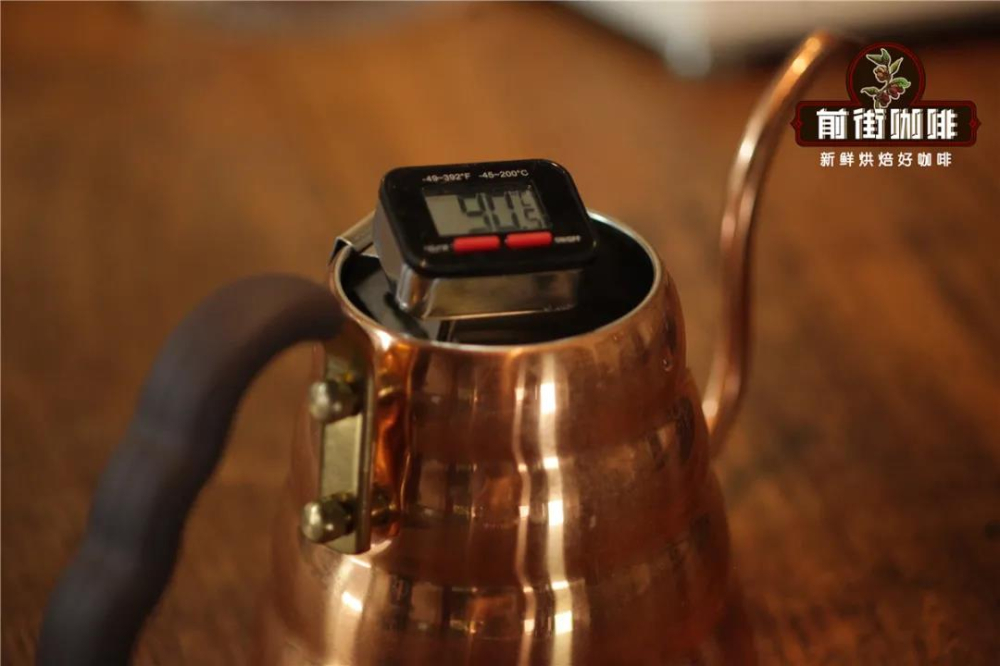
Considering that Huilan food beans are roasted in medium depth, the flavor tends to be full-bodied and mellow, and the deepening of roasting makes the texture of coffee beans looser and coffee powder more absorbent, so it will choose medium grinding. In order to avoid excessive miscellaneous flavor extraction, Qianjie will lower the water temperature a little bit, medium water temperature of 90 degrees Celsius, with KONO filter cup for extraction.
Unlike the V60 filter cup, the only exhaust part of the KONO filter cup is in the 1/4 ribs. When the water level passes over the ribs, the water volume of the filter cup continues to rise, increasing the pressure through the weight of the water. Because the outlet is relatively small, it can prolong the contact time between the coffee particles and water, and bring out the soluble matter more effectively as the water is injected, thus improving the full-bodied taste of the coffee.

Cooking parameters: KONO filter cup, water temperature of 90 degrees Celsius, screening rate of No. 20 standard sieve 75% grinding degree, ratio of powder to water at 1:15, powder quantity: 15g, three-stage extraction
Pour the coffee powder into the V60 filter cup, wet the powder bed with twice as much water as the coffee powder, form a drum and steam for 30s, then fill the small water from the inside to the outside to 125g, wait for the powder bed to drop to half of the filter cup, and continue to pour the same fine water into the third section to 225g, until all the coffee liquid has been filtered and remove the filter cup for about 2 minutes.
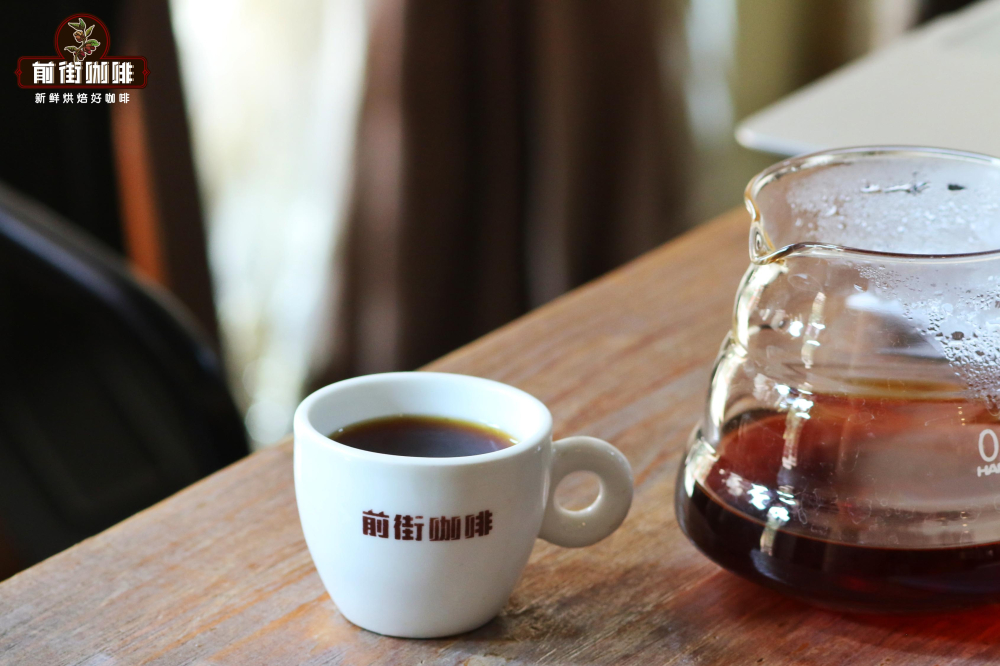
This Colombian Huilan food bean has obvious chocolate, nut, caramel and other baking aromas, smooth and sweet, mellow thickness, clean taste and pleasant soft acidity as the temperature drops.
Professional coffee knowledge exchange more coffee bean information please follow the coffee workshop (Wechat official account cafe_style)
For more boutique coffee beans, please add private Qianjie coffee on Wechat. WeChat account: qjcoffeex
Important Notice :
前街咖啡 FrontStreet Coffee has moved to new addredd:
FrontStreet Coffee Address: 315,Donghua East Road,GuangZhou
Tel:020 38364473
- Prev

Introduction to the taste and flavor of Colombian jadeite coffee
Following Cafe Review (Wechat official account vdailycom) found that Fairview Coffee Coffee Columbia Coffee has opened its own small shop, Colombian Coffee Coffee-Columbia Coffee, the roasted coffee beans will release sweet aroma, with sweet sour, bitter taste of good quality characteristics, because of the proper concentration, it is often used in high-grade mixed coffee. Colombian coffee
- Next
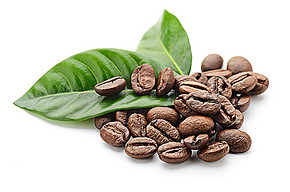
Colombia Coffee Bean Environmental Flavor Aroma Introduction
Pay close attention to coffee comment (Weixin Official Accounts vdailycom ) and find a beautiful cafe to open its own small shop. The unique geographical environment creates Colombia coffee Colombia, beautiful mountains, beautiful scenery, pleasant climate, four seasons like spring, fresh air and refreshing. Colombia has a mild climate, air quality and diversity that makes it a harvest season all year round, with no harvest at all.
Related
- Detailed explanation of Jadeite planting Land in Panamanian Jadeite Manor introduction to the grading system of Jadeite competitive bidding, Red bid, Green bid and Rose Summer
- Story of Coffee planting in Brenka region of Costa Rica Stonehenge Manor anaerobic heavy honey treatment of flavor mouth
- What's on the barrel of Blue Mountain Coffee beans?
- Can American coffee also pull flowers? How to use hot American style to pull out a good-looking pattern?
- Can you make a cold extract with coffee beans? What is the right proportion for cold-extracted coffee formula?
- Indonesian PWN Gold Mandrine Coffee Origin Features Flavor How to Chong? Mandolin coffee is American.
- A brief introduction to the flavor characteristics of Brazilian yellow bourbon coffee beans
- What is the effect of different water quality on the flavor of cold-extracted coffee? What kind of water is best for brewing coffee?
- Why do you think of Rose Summer whenever you mention Panamanian coffee?
- Introduction to the characteristics of authentic blue mountain coffee bean producing areas? What is the CIB Coffee Authority in Jamaica?

